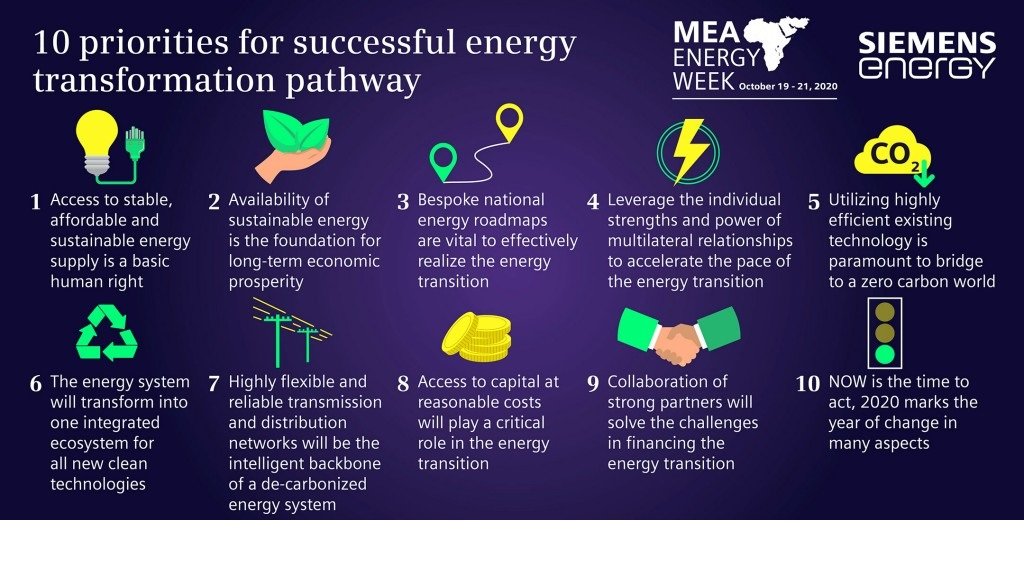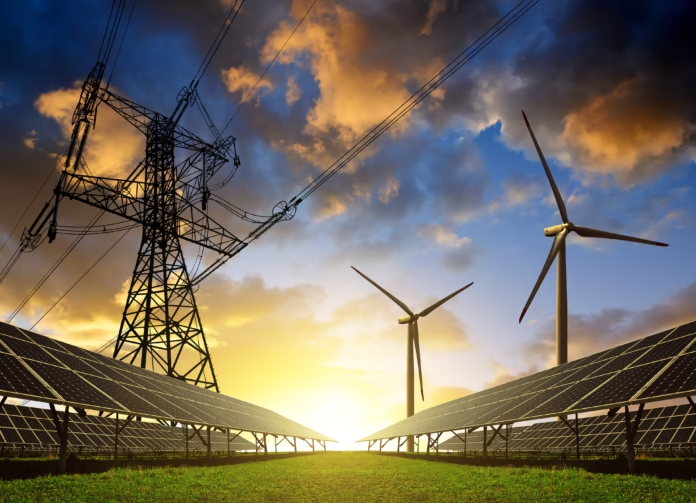The Urgency of Clean Energy Transition
Humanity currently stands at a critical juncture necessitating an immediate transition to clean energy systems. António Guterres, the current Secretary-General of the United Nations, has underscored the importance of this shift, emphasizing that a clean energy transition is not only crucial for restoring ecological balance with our climate but also serves as a vital pathway for stimulating sustainable economic growth. The urgency of adopting renewable energy sources can no longer be understated, given that the adverse effects of climate change continue to escalate.
Financially, a significant shift towards clean energy is becoming evident. Recent data reveals that investments in clean energy have reached an impressive $2 trillion, outpacing fossil fuel investments by roughly $800 billion. This trend underscores a growing recognition among investors and policymakers of the long-term advantages associated with renewable energy. It indicates a collective shift towards prioritizing cleaner alternatives, thus enhancing energy security and economic resilience.
Moreover, the declining costs associated with renewable resources, particularly solar and wind energy, signal an irreversible transition in the global energy landscape. The rapid advancements in technology, combined with economies of scale, have led to a dramatic reduction in the price of solar panels and wind turbines. This downward trajectory in costs not only makes renewable energy more accessible but also more appealing compared to traditional fossil fuel sources. As countries strive to meet their climate commitments, the shift towards renewable energy sources is anticipated to accelerate, encouraging innovation and job creation within the green sector.
In conclusion, the imperative for a clean energy transition is more immediate than ever. It exemplifies a necessary paradigm shift aimed at addressing climate change while fostering economic growth, signaling a new era of energy production that prioritizes sustainability over outdated approaches.
Irreversible Shift: The Drivers Behind Clean Energy Adoption
The global transition towards clean energy is cementing itself as an irreversible movement, driven by multiple compelling factors that highlight its urgency and viability. One of the prominent forces behind this shift is the evolving market dynamics, which reflect a decoupling of emissions from economic growth. Recent analyses illustrate that while traditional fossil fuel dependencies have often been synonymous with economic development, the rise of renewable energy sources such as solar and wind power demonstrates that sustainable practices can now coexist with robust economic performance. As countries commit to climate goals, investments in clean technologies increasingly outpace fossil fuels, indicating a significant market shift towards sustainability.
Furthermore, energy security has taken on a critical role in light of geopolitical tensions, notably the ongoing Russia-Ukraine conflict. Nations are recognizing that reliance on fossil fuels, particularly from volatile regions, poses substantial risks to their energy stability. This realization is prompting governments to prioritize energy independence through the accelerated adoption of renewable energy sources. By investing in clean energy infrastructure, countries not only mitigate the implications of geopolitical disruptions but also enhance their resilience against future crises.
Moreover, one of the most promising advantages of renewable energy is its potential to increase accessibility, particularly in underserved regions. With declining costs in technology and the scalability of renewable projects, clean energy has the capacity to electrify remote areas that previously had limited access to power. The job market reflects this promising landscape, with clean energy jobs growing at a remarkable pace compared to those in fossil fuels. Reports indicate that renewable energy employment numbers now outstrip jobs associated with traditional energy sources, illuminating a path to not only a cleaner but also a more equitable energy future.
Current Challenges in the Clean Energy Landscape
The transition to clean energy is confronted with significant challenges that must be recognized and addressed to move forward effectively. One notable hurdle is the uneven distribution of renewable energy capacity across the globe. Currently, a dominant share of renewable energy resources is concentrated within OECD countries and China, leaving many regions, particularly in Africa, with considerably less access to these technologies. This disparity not only inhibits local development but also restricts the global potential to meet climate targets. Ensuring that all nations can participate in the transition to clean energy is paramount for realizing a sustainable future.
In addition to geographical disparities, there exists a troubling financial landscape that continues to favor fossil fuels over renewables. Despite the growing recognition of the adverse effects of fossil fuel consumption on climate change, the support for these traditional energy sources remains substantial. For every dollar invested in renewable energy, fossil fuels receive approximately nine times that amount in subsidies. This financial imbalance presents a significant barrier to transitioning to a clean energy future, as it perpetuates a system reliant on carbon-intensive energy forms, undermining efforts to enhance the renewable energy sector.
Furthermore, the increasing frequency and intensity of climate disasters pose an immediate threat to achieving established climate goals, such as keeping global temperatures within the 1.5°C limit set forth in the Paris Agreement. These events not only disrupt energy supply and access but also strain national economies and infrastructural resilience. The urgency of addressing these climate-related risks cannot be overstated, as failure to adapt may lead to severe repercussions on both human and environmental fronts. Overcoming these interconnected challenges will require coordinated, international efforts aimed at reshaping the energy landscape for a more sustainable and equitable future.
Key Actions Required for a Sustainable Energy Future
The transition to clean energy hinges upon a series of impactful actions. Foremost among these is the necessity for bold national climate commitments, particularly from G20 nations, in anticipation of COP30 in 2025. The G20 countries, representing a significant portion of the world’s emissions, must collectively commit to ambitious targets that can catalyze global efforts towards sustainability. Such climate commitments should not only aim at reducing greenhouse gas emissions but also enhance resilience against climate-related impacts.
A critical component of these commitments must include substantial investments in modern energy infrastructure. This encompasses the development of energy grids capable of effectively managing diverse energy sources, including renewables. Transforming existing infrastructure to accommodate advanced storage solutions is equally crucial, ensuring that energy produced by solar and wind can be stored and utilized efficiently. Enhancing grid resilience and flexibility can significantly alleviate energy shortages and ensure reliable supply during peak demand periods, which is essential for a stable energy future.
Additionally, exploring the role of sustainable artificial intelligence (AI) in fostering the clean energy transition emerges as a pivotal action point. AI technologies have the potential to optimize energy efficiency, forecast demand, and enhance the integration of renewable resources. By harnessing AI, organizations can improve operational efficiencies, reduce costs, and drive down emissions generated during energy production. As industries implement intelligent systems for energy management, the potential for significant gains in sustainability becomes more pronounced.
In conclusion, the actions of leading nations and the role of innovative technologies like sustainable AI are fundamental to steering the global energy landscape towards a more sustainable future. Only through a concerted effort in these areas can we hope to realize the ambitious goals set forth in the global climate agenda.


